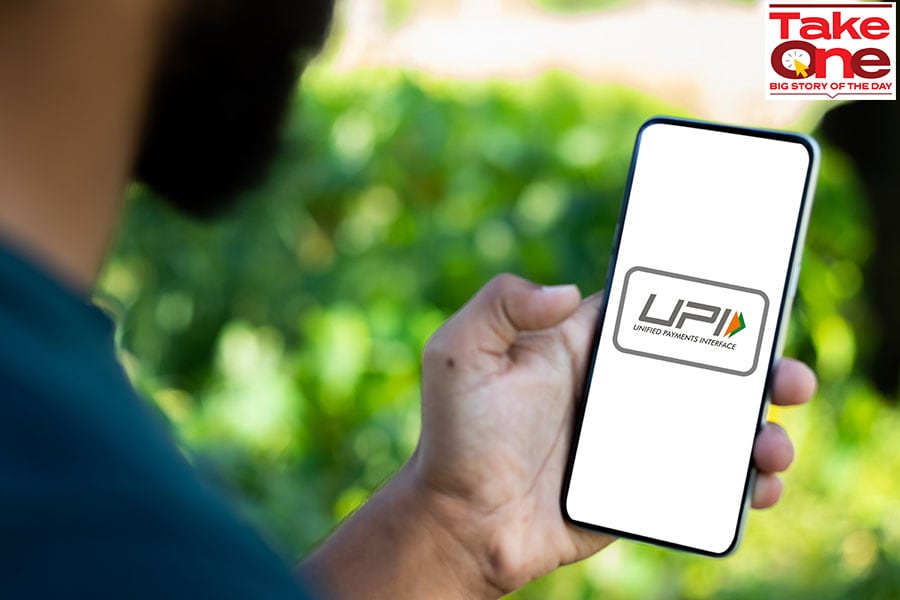
Credit on UPI kicks off in move to further democratise funding
HDFC Bank and ICICI Bank are in rollout mode, as other banks work on similar products. Existing BNPL fintechs will need to further rethink their business models, say experts
 Credit on UPI essentially means besides credit cards, banks, which have fully approved, pre-sanctioned, credit lines available towards a large number of customers, can offer these lines at an interest rate based on the credit limit utilised and the historical customer spending behaviour.
Image: Shutterstock
Credit on UPI essentially means besides credit cards, banks, which have fully approved, pre-sanctioned, credit lines available towards a large number of customers, can offer these lines at an interest rate based on the credit limit utilised and the historical customer spending behaviour.
Image: Shutterstock
India’s largest private sector banks—HDFC Bank and ICICI Bank—are working on products as part of the credit on Unified Payments Interface (UPI) programme. After a go-ahead to launch such products from the Reserve Bank of India (RBI) this month, this is one more step to leverage on the success of public digital infrastructure.
And if bank customers do adopt it, it could get pure buy-now-pay-later (BNPL) fintechs and even credit card companies to further rethink their business models and products, to ensure customer stickiness and relevance, after a regulatory crackdown in 2022.
“Credit on UPI essentially means besides credit cards, banks, which have fully approved, pre-sanctioned, credit lines available towards a large number of customers, can offer these lines at an interest rate based on the credit limit utilised and the historical customer spending behaviour. This is about taking the lines and linking them to UPI. It will help democratise and expand the funding of loan transactions,” Parag Rao, country-head (payments business, consumer finance, technology and digital banking), at HDFC Bank tells Forbes India.
The RBI, in its September 4 notification, said: “At present, UPI transactions are enabled between deposit accounts at banks, sometimes intermediated by pre-paid instruments including wallets. It is now proposed to expand the scope of UPI by enabling transfer to / from pre-sanctioned credit lines at banks, in addition to deposit accounts.”
Banks may, as per their board-approved policy, stipulate terms and conditions of use of such credit lines. The terms may include, among other items, credit limit, period of credit, rate of interest, etc.







